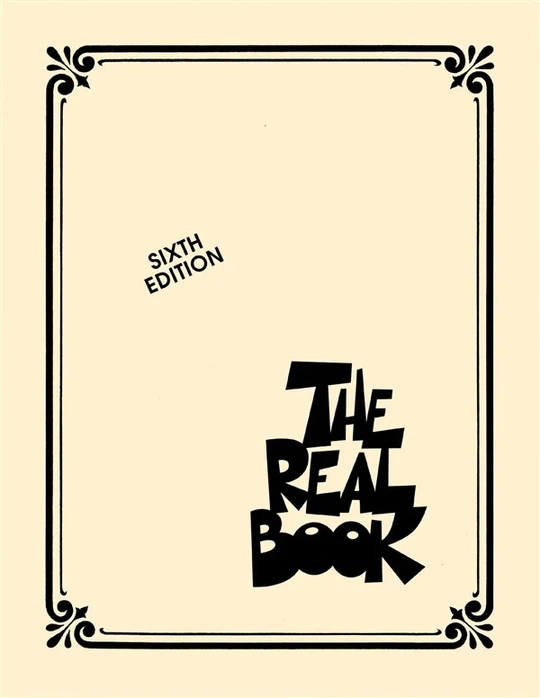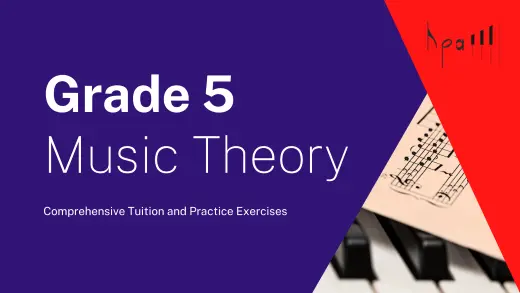JAZZ PIANO LESSONS
Unlock creativity with Jazz Piano Lessons
If your passion for piano extends beyond the classical repertoire and you’re eager to delve into the world of spontaneous creativity, our jazz piano lessons are the perfect avenue to expand your horizons.
Learn Jazz Piano with style
Jazz piano is a diverse and dynamic genre that encompasses various styles, each characterized by unique rhythms, harmonies and improvisational approaches. Here’s an exploration of some prominent jazz piano styles you will be learning in your lessons:
Ragtime
Originating in the late 19th century, ragtime is a precursor to jazz, characterized by its syncopated rhythms and lively piano melodies. Scott Joplin, known as the King of Ragtime, is a notable figure in the development of ragtime.
Stride Piano
Emerging in the 1920s, stride piano is marked by a powerful left-hand technique that alternates between bass notes and chords. Pioneered by artists like James P. Johnson and Fats Waller, it was a significant influence on the swing.
Swing
Swing became popular in the 1930s and 1940s. Characterized by a strong sense of rhythm, lively tempos and a focus on ensemble playing, swing pianists like Duke Ellington and Count Basie played a crucial role in defining this era.
Bebop
Bebop emerged in the mid-1940s as a reaction to the constraints of big band swing. Bebop pianists, including Thelonious Monk and Bud Powell, introduced intricate harmonies, rapid chord progressions and virtuosic improvisation into jazz.
Cool jazz
Cool jazz, epitomized by artists like Dave Brubeck, Chet Baker and Bill Evans, emerged in the late 1940s and 1950s. Known for its relaxed tempos, melodic improvisation and innovative harmonies, cool jazz provided more contrast to the intensity of bebop.
Modal jazz
Pioneered by Miles Davis and popularized by pianists like Bill Evans, modal jazz de-emphasizes traditional chord progressions in favor of modal scales. This style allows for greater freedom in improvisation and exploration of unique tonal colors.
Latin jazz
Latin jazz blends traditional jazz elements with Afro-Cuban and Latin American rhythms. Pianists such as Chick Corea have played a significant role in incorporating these diverse influences into jazz, creating a vibrant and rhythmic fusion.
Fusion
Fusion emerged in the late 1960s and 1970s, combining jazz with elements of rock, funk and electronic music. Pianists like Herbie Hancock played a pivotal role in the development of fusion, adding synthesizers and unconventional harmonies.
Contemporary & Neo-Soul
In more recent years, jazz piano has embraced contemporary styles, including neo-soul and smooth jazz. Artists like Robert Glasper and Esperanza Spalding have infused traditional jazz with elements of R&B and soul, creating a fresh and modern sound.
The Real Book
Your Gateway to Jazz Mastery
At Hampstead Piano Academy, we proudly incorporate The Real Book into our jazz piano lessons, recognizing it as an invaluable pillar in the world of jazz education.
The Real Book is not just a collection of sheet music; it is a revered compendium that encapsulates the essence of jazz, making it an indispensable resource for aspiring jazz pianists.
By using The Real Book in our jazz piano lessons, we provide our students with a direct connection to the rich history and tradition of jazz.
Benefits of Jazz Piano Lessons
Taking jazz piano lessons, we invite you to explore the world of improvisation, innovation and self-expression. Whether you’re a seasoned pianist or a curious beginner, these lessons will infuse your playing with the vibrant spirit of jazz and blues, embarking on fresh musical challenges.
Unleash your creativity
Jazz piano lessons offer a gateway to unlimited creativity. You’ll explore the art of improvisation, learning to create music on the spot and infuse your playing with your unique style. This ability to spontaneously compose adds a new dimension to your musical expression.
Flexible jazz lessons
We offer jazz piano lessons on a weekly or ad-hoc basis, allowing you to progress at a steady pace. Alternatively, you can immerse yourself in an Intensive Workshop. These workshops offer an energetic experience and a unique opportunity to fast-track your jazz piano skills.
Jazz Standards: the classics
Through the study of popular jazz and blues tunes, you’ll dissect their harmonic structures and rhythmic patterns. This hands-on exploration enables you to understand the underlying principles that drive jazz music, helping you to create your own compositions and tunes.
Improvise in a jam session
Our jazz piano lessons will equip you for solo play and prepare you for collaborative experiences. You’ll learn the language of jazz improvisation, enabling you to confidently participate in local jam sessions and ensemble playing.
Harmony, scales and rhythm
In your jazz lessons you will learn modern harmony, jazz scales and a rich combination of syncopated rhythms. You’ll dive into the intricacies of jazz chords and progressions, equipping you with the tools to create the sounds that define this genre.
Compose your own pieces
With a strong grasp of jazz harmony and structure, you’ll be well-equipped to craft your own compositions. Whether you’re penning original jazz pieces or reimagining existing tunes, these skills open up a world of musical possibilities.
Who’s the jazz piano teacher?
Led by Mario Ahijado, an accomplished jazz pianist, our lessons are designed to inspire and guide you on your jazz journey.
He brings his expertise and passion to each lesson, nurturing your growth as a jazz pianist.
His latest project, centered around Chopin Nocturnes, seamlessly blends elements from both the Classical and Jazz genres in their live performances, encompassing a journey through the most notable jazz styles.












